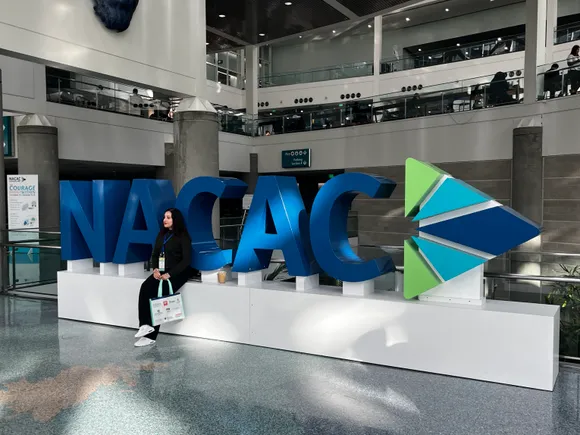In the wake of the COVID pandemic, high school GPAs (HSGPA) are less likely to be clear indicators of first-year, postsecondary success. A more holistic assessment of students, including the use of the ACT test score alongside HSGPA, acts as a better predictor.
That’s according to the latest report from the ACT, which analyzed high school GPAs, ACT test scores, and first-year grades in students from 2017 to 2021. Their findings indicate that grade inflation since the pandemic has changed the predictability of a HSGPA to translate into student’s ability to succeed and thrive in their freshman year. This could negatively impact a student’s self-perception of belongingness and readiness for higher education.
“We were curious about the impact on GPAs post-pandemic, with students moving online, their grades changing, as well as a learning loss potential,” said Catherine Hofmann, senior vice president of government and public affairs at ACT. “Following the onset of COVID, the predictive power of the HSGPA has decreased.”
According to the report, using HSGPA alone as a prediction for first-year GPAs fell dramatically in 2020 and 2021. Before the pandemic, in 2017, a student who had a 2.5 HSGPA would be predicted to earn a 2.0 GPA in college. In 2020 and 2021, a 2.5 HSGPA predicted for a 1.5 first-year GPA. However, using a combination of a student’s HSGPA and their ACT composite scores narrows the predictive gap considerably.
 Dr. Edgar Sanchez, lead research scientist at ACT and author of the report.
Dr. Edgar Sanchez, lead research scientist at ACT and author of the report.
Hofmann said she suggests using HSGPAs for college assessment as long as it is in coordination with some other standardized test method to assess content mastery.
“We believe in multiple measurements. We never say that the ACT should be the sole measure used, but we do think it’s important that there’s an understanding that there’s been an inflation in GPA, and it could mean that students aren’t as prepared,” said Hofmann.
Sanchez said HSGPAs remain one important predictor of college success because HSGPAs often include noncognitive information, offering important insight into student behavior, assessing things like participation, determination and work ethic, punctuality or a trend toward absences.
“When we fold in ACT composite scores with HSGPAs and use them together, we can see we get a much more stable picture of how students are going to perform, so we can make better predictions about student content knowledge and mastery, and whether or not they will do well in college,” said Sanchez.
What concerns Hofmann and Sanchez the most is the potential impact on a student who’s top HSGPA scores alone might not mean they are adequately prepared for college-level courses.
“We don’t want them to walk out of high school with the wrong signals about their readiness for college or the workforce. We want to empower students to know where they stand, what their best options are,” said Sanchez. “As predictive validity of HSGPA declines after the pandemic, we saw a shift in first-year GPA. Students might enter college underprepared but thinking they’re prepared. That has risks for them and the college as well.”
The impact of being underprepared could mean an increased risk of stopping out, which means a student could have potentially thousands of dollars in debt and feel like they made a mistake going to college, said Sanchez.
Hofmann said that institutions need to take this change in predictive HSGPA into consideration as they think about the best ways to support their new students, particularly as they take on credit-bearing courses. The post-pandemic world is also one in which community colleges could thrive, helping students get their feet under them before they move on to a larger, flagship public school, she added.
“We’ve seen colleges and universities engage in freshman wraparound, putting them in smaller cohorts, giving one-on-one attention, sometimes taking zero-credit courses around general preparedness,” said Hoffman. “It’s unfortunate to have a student show up to take a zero-credit hour course that doesn’t lead into their degree program, but that’s better than not going to college.”
However colleges and students choose to move forward into their futures together, Hofmann and Sanchez agree that a more holistic assessment of students is needed to capture what Hofmann called the “multifaceted nature of students’ abilities, making it possible to better prepare for and be supported in college.”
Liann Herder can be reached at [email protected].
#Report #Calls #Multiple #Measures #Assessment #College #Readiness










